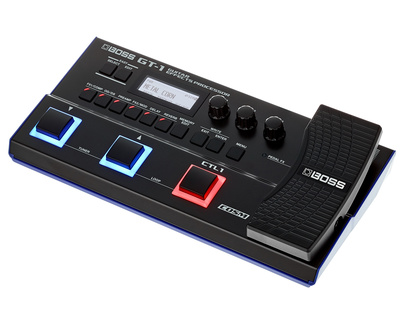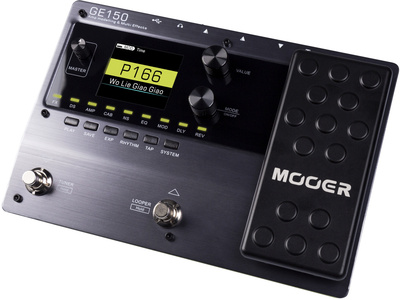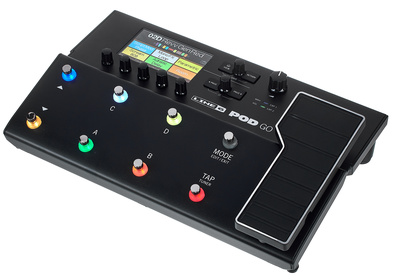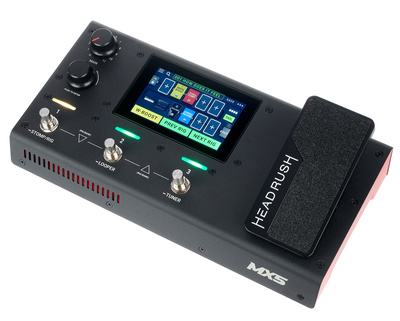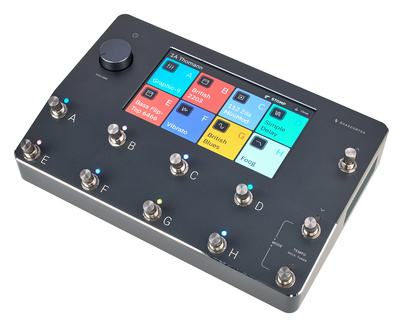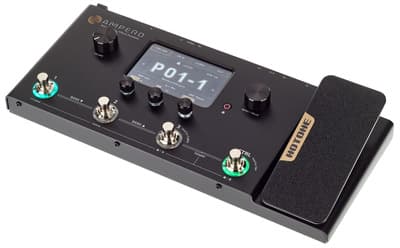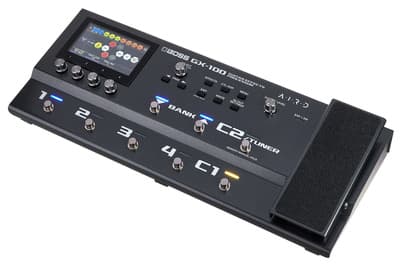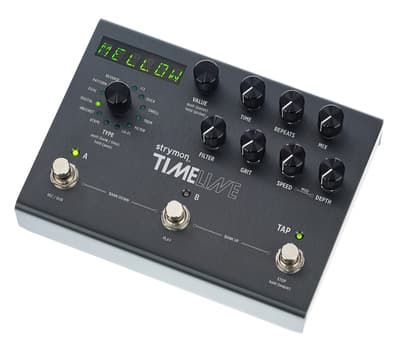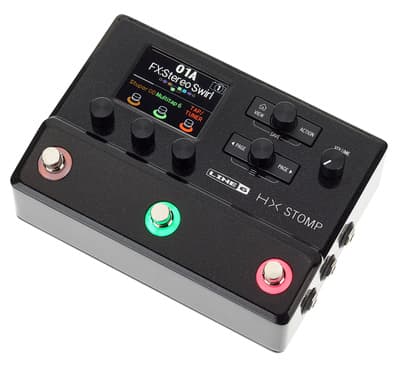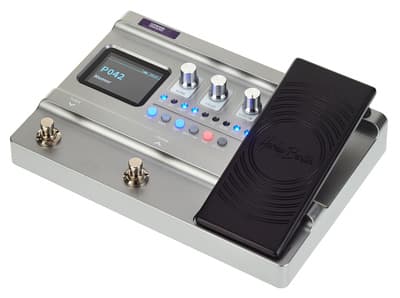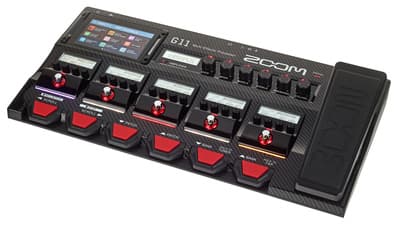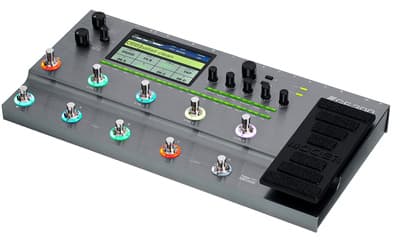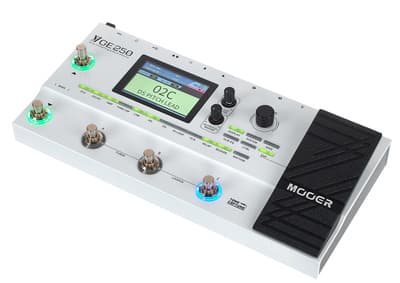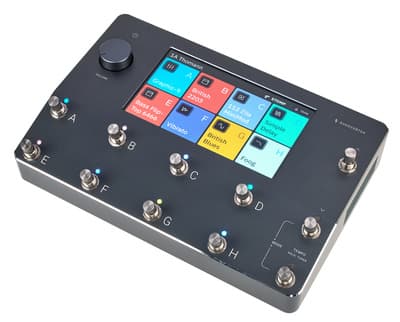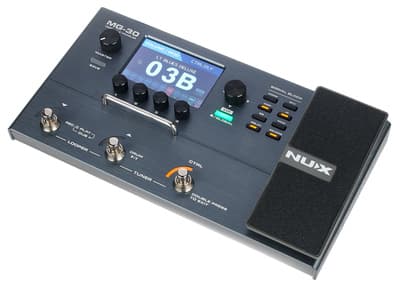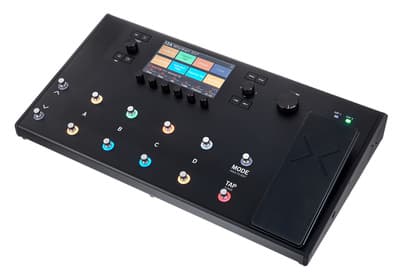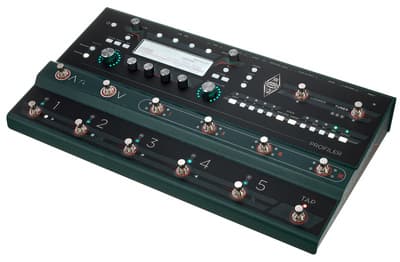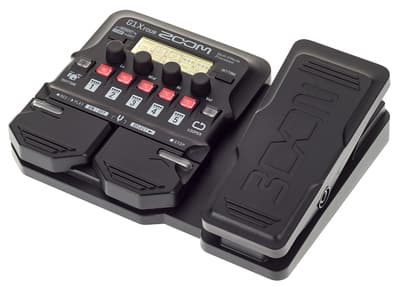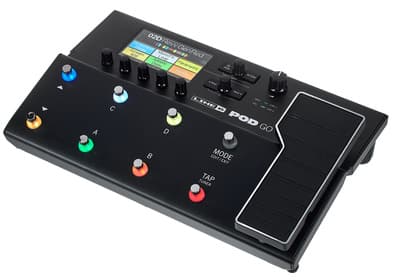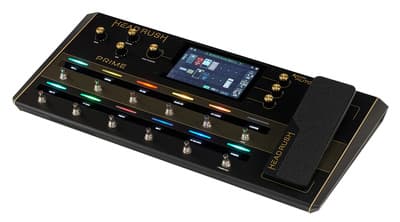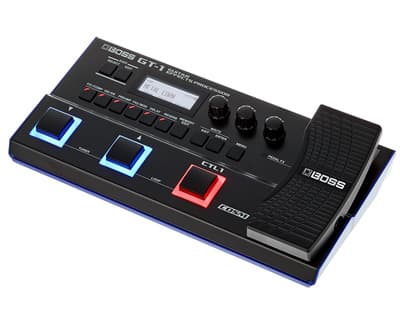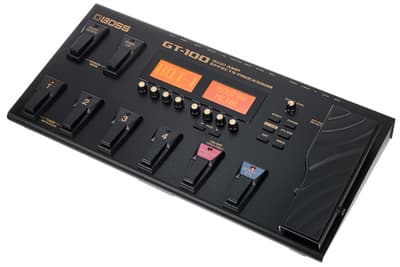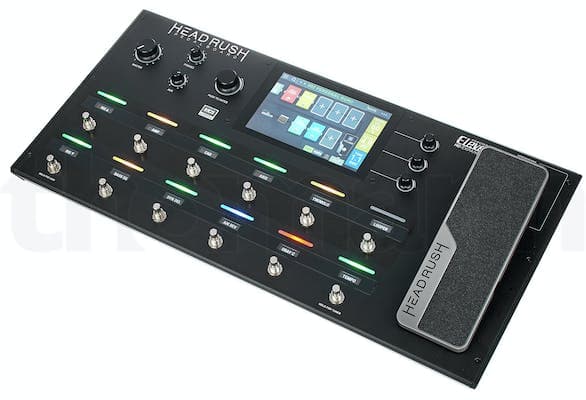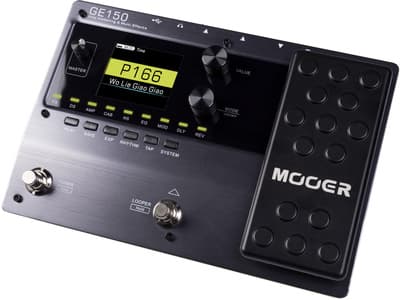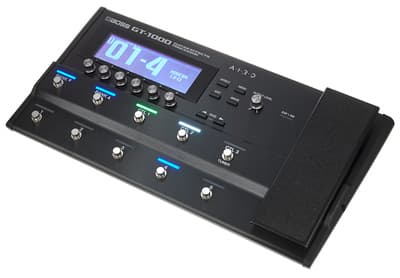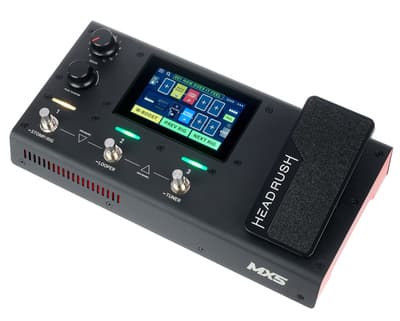Multi-Effects Units: Comparisons, Tests & Reviews
Find the Perfect Multi-Effects Unit - For Beginners & Professionals
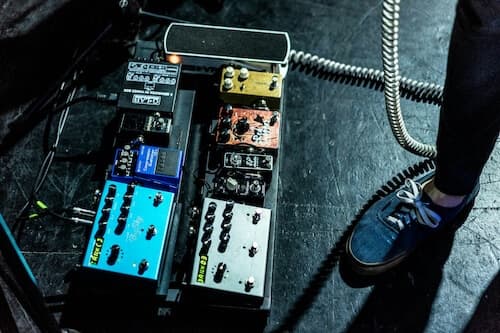

Multi-Effects Units: The Ultimate Comparison for Electric Guitar and Electric Bass
If you want to customise the sound of your electric guitar or bass, the challenge is often finding the right gear. There is a wide range of multi-effects units on the market, from entry-level units to high-end professional units. But which multi-effects unit best suits your playing style?
Here are detailed comparisons and tests of the most popular multi-effects units. We have analysed the pros and cons of the various models and summarised our personal experiences for you. Whether you're a beginner or a pro, you'll find what you're looking for here.
If you are interested in specific effects such as reverb, delay, distortion, compressor or wah-wah, then our beginners' guide to effects pedals is for you. It describes the most important effects and gives helpful tips on buying pedals.
Discover our top recommendations for beginner multi-effects pedals now. Further down the page you will find our recommendations for advanced and professional users.
Our Recommendations
Models for Beginners
Effects Units: Single Effects vs. Multi-Effects Units - Which is the Best Choice?
Most effects pedals, also known as ‘foot pedals’, are placed on the floor in front of you while you play so that you can operate them comfortably with your foot. There are two main types: Single effects units (effects pedals) and multi-effects units. While single effects pedals specialise in one particular effect, multi-effects pedals offer a wide repertoire and combine several effects in one device.
Multi-effects units are particularly versatile as they allow musicians to individually adjust and combine different effects. In addition, they are often equipped with additional functions such as integrated tuners, drum computers or loop functions that support practising and jamming. Thanks to numerous pre-programmed presets that imitate different sounds, musical styles and amplifier models, they offer a quick introduction to the world of guitar effects. If the presets don't meet your expectations, you can usually adjust them manually and customise your sound.
Whether you choose a single pedal or a multi-effects pedal depends on your personal preferences. In our opinion, multi-effects units offer the best value for money, especially for beginners trying out their first guitar effects. However, there are many multi-effects units in the professional market that will satisfy even the most demanding players.
Below are our recommendations for advanced models. Further up the page you will find similar recommendations for beginners and further down the page for professionals.
Our Recommendations
Models for Advanced Users
Advantages of Multi-Effects Units
There is a wide range of multi-effects units available for electric guitars that allow you to combine many individual effects (and more), and with the help of displays, multiple footswitches and controls, you can set up effects individually and switch between them easily while playing - even in the middle of a song.
A big advantage is the internal memory, where you can store your own personal effect combinations and sounds. Many multi-effects units also come with an expression pedal, which can be used for effects such as wah-wah to expand your sound options.
Compared to single effect units, you can save yourself the hassle of cabling and manually switching between effects. With a multi-effects unit, you can easily call up different effects and sounds without having to set up a complex pedal setup - especially handy when you need to switch between songs quickly.
Many multi-effects units also offer additional features: You can connect them to your computer via a USB port to program effects or transfer sounds, and they often have MIDI inputs and outputs so you can control them with a MIDI controller (such as a DAW or keyboard). You can also use the MIDI output to control other devices such as additional effects, backing tracks or lights.
Below are our recommendations for professionals. Further down the page you will find similar recommendations for beginner and intermediate models.
Our Recommendations
Models for Professionals
The Evolution of Guitar Effects
The history of guitar effects is a fascinating one. Originally, Fender built effects such as reverb directly into their amplifiers to enhance the sound. Soon after, manufacturers began to develop effects units as separate pedals that were connected between the electric guitar or bass and the amplifier. Today, there is an impressive variety of stand-alone effects pedals covering a wide range of effects.
We have written exciting articles about the most common guitar effects:
There are also chorus, flanger, phaser and equalisation pedals, which provide modulation effects and add variety to the sound through various frequency shifts, phase shifts and pitch modulations.
These effect pedals specialise in particular tonal characteristics and offer the musician an enormous range of tonal possibilities. Some pedals, such as the famous wah-wah, have a rocker function to make the sound even more dynamic.
If you are interested in multi-effects software for guitar and bass, we have written a comprehensive article on VST plug-ins and effects applications. You can read all about the pros and cons of using software for guitar effects, as well as a selection of free and paid-for apps and plug-ins.
